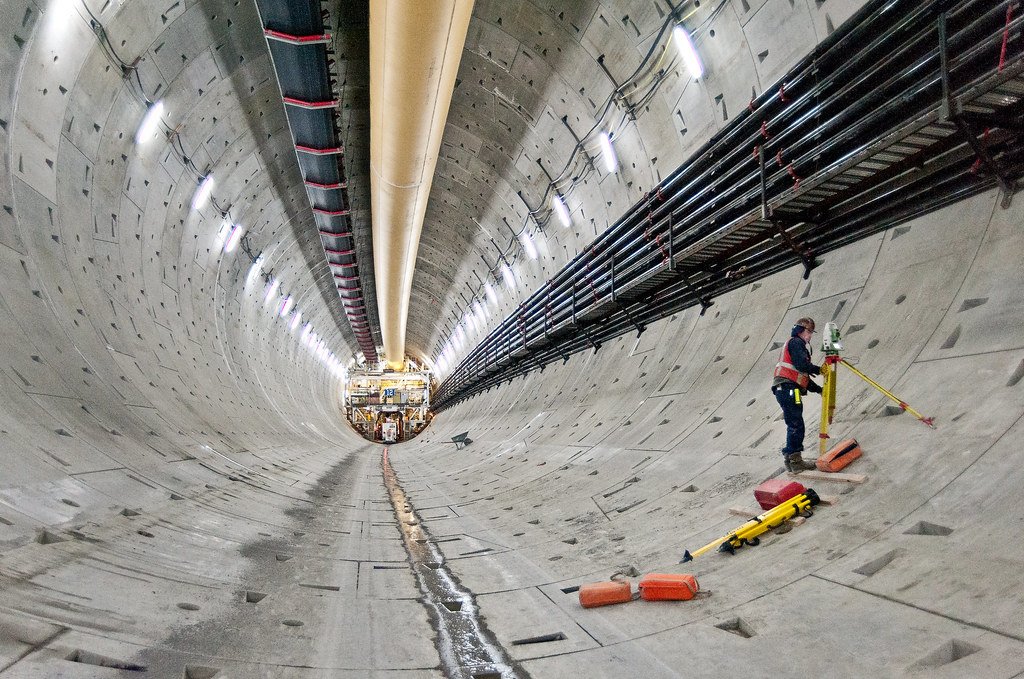Invasive species are organisms that are introduced to a region where they do not naturally occur. This introduction can be accidental or intentional, often resulting in significant impacts on local ecosystems. Typically, these species thrive in new environments due to a lack of natural predators or competitors, allowing them to spread rapidly and establish dominance.
Pathways of Introduction

Invasive species can be introduced through various pathways. Human activities such as global trade, transportation, agriculture, and even pet trade often facilitate the spread of these organisms across the globe. Additionally, ballast water from ships and movement of goods are common vectors for unintentional introductions.
Impacts on Habitat

Invasive species can dramatically alter habitats. They may outcompete native species for resources such as food, water, and space. This competition can lead to reduced biodiversity as native species populations decline. In some cases, invasive species can change the physical environment, for instance, through the alteration of soil chemistry or water tables, further threatening native wildlife.
Effects on Native Wildlife
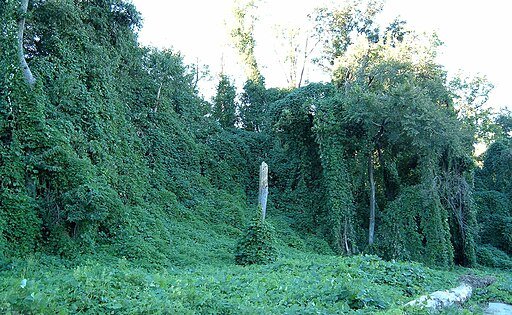
The impact on native wildlife can be profound. Invasive species may prey on native animals, introduce diseases, or hybridize with local species, leading to genetic dilution. Predation by invasive species can push native species to extinction, especially if they lack adaptations to defend themselves against new threats.
Case Studies: Notable Invasive Species

Examples of invasive species causing significant ecological disruption include the brown tree snake in Guam, which has decimated local bird populations, and the cane toad in Australia, which is toxic to native predators. These case studies illustrate the breadth of challenges posed by invasive species across different ecosystems.
Impact on Ecosystem Services
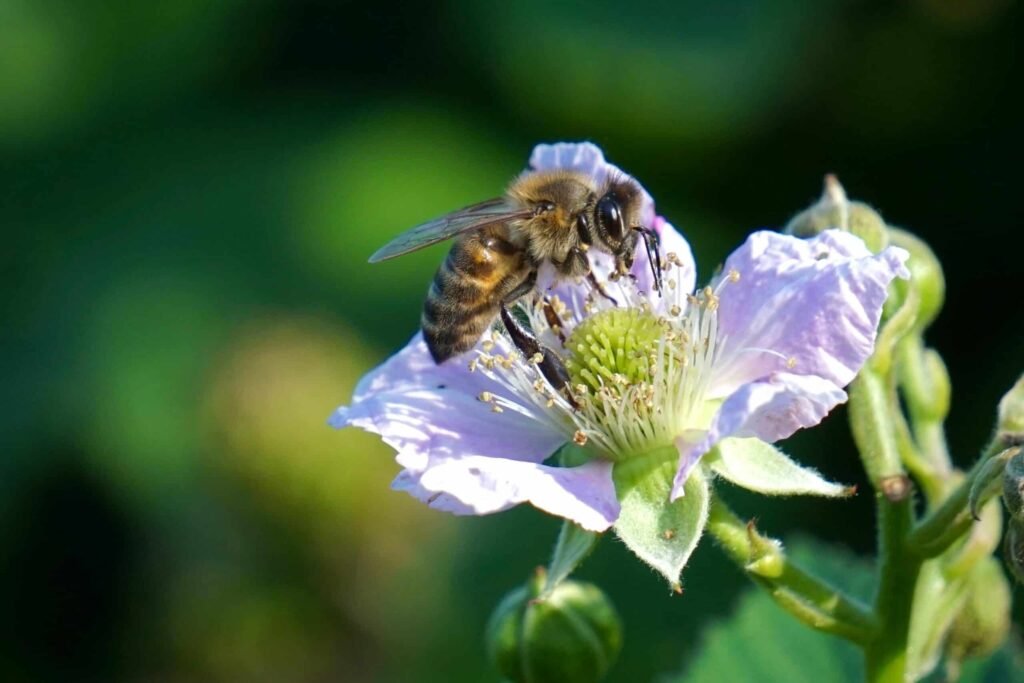
Ecosystem services, such as pollination, water purification, and soil fertility, are human-beneficial processes driven by ecosystems. Invasive species can disrupt these services by altering species compositions and ecosystem functions, which can have cascading effects on ecosystem health and productivity.
The Economic Costs
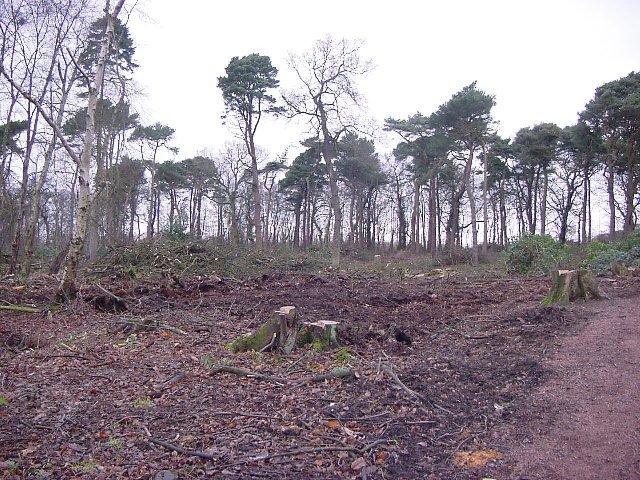
Beyond ecological impacts, invasive species also impose substantial economic costs. These include direct costs such as management and eradication efforts, and indirect costs related to loss of ecosystem services, reduced agricultural productivity, and damage to infrastructure. Globally, billions of dollars are spent each year to manage invasive species and mitigate their impacts.
Strategies for Management and Prevention

Effective management of invasive species involves monitoring, early detection, rapid response, and public awareness. Prevention is the most cost-effective strategy and can include measures such as border inspections, regulatory policies, and public education campaigns to prevent the introduction and spread of invasive species.
The Role of Public Awareness
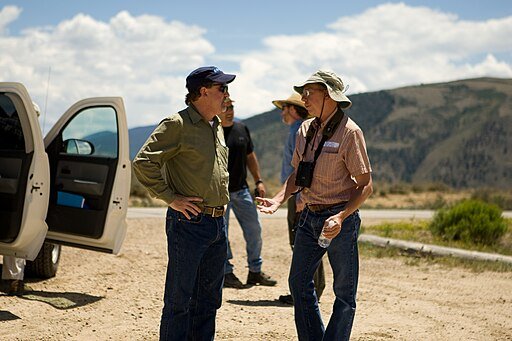
Public awareness is crucial in combating invasive species. Education campaigns help inform the public about the risks associated with invasive species and how individuals can contribute to prevention and management efforts. This includes responsible pet ownership, adherence to regulations when traveling or importing goods, and support for conservation initiatives.
Looking to the Future
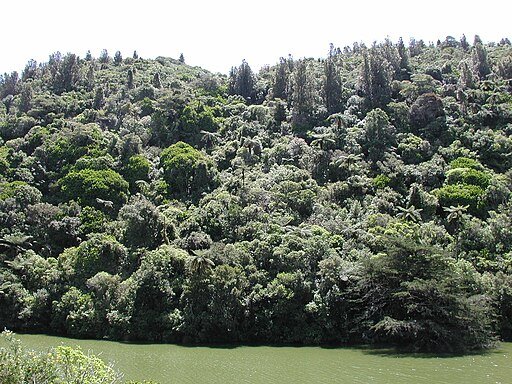
As global connectivity increases, the risk of invasive species introductions continues to grow. Future efforts must prioritize international cooperation and innovation in management strategies. Research into biological controls, improved policy frameworks, and community engagement are vital to protecting native wildlife and preserving biodiversity for future generations.



